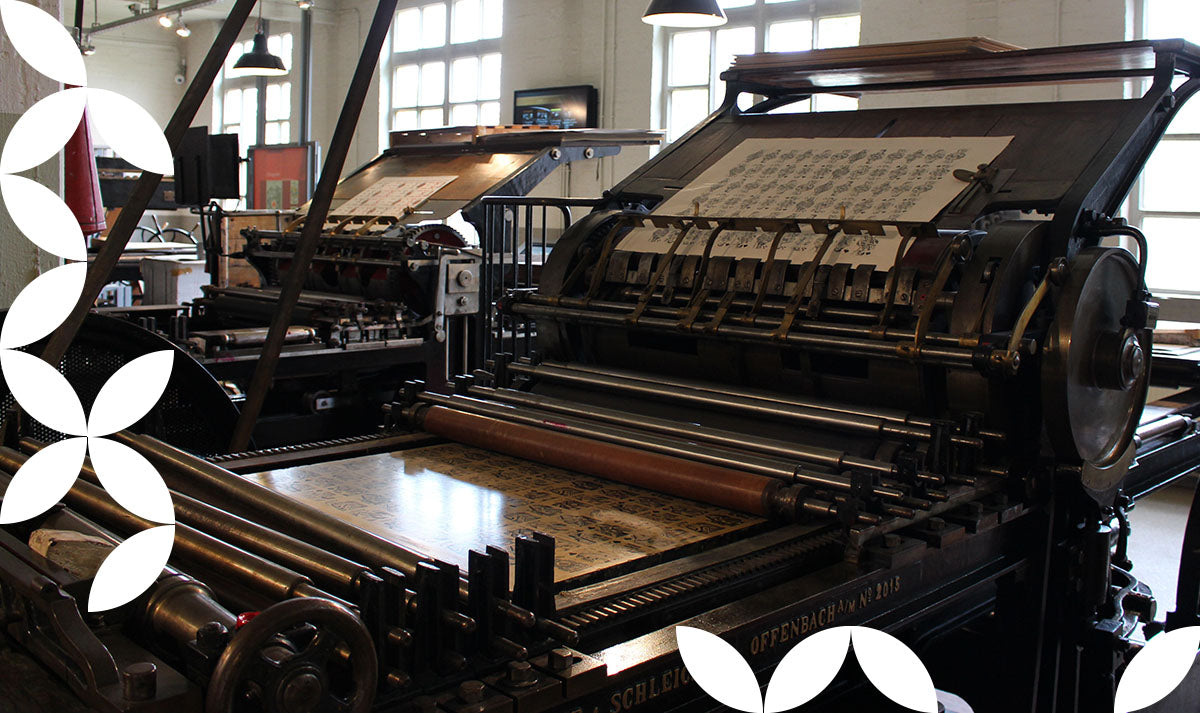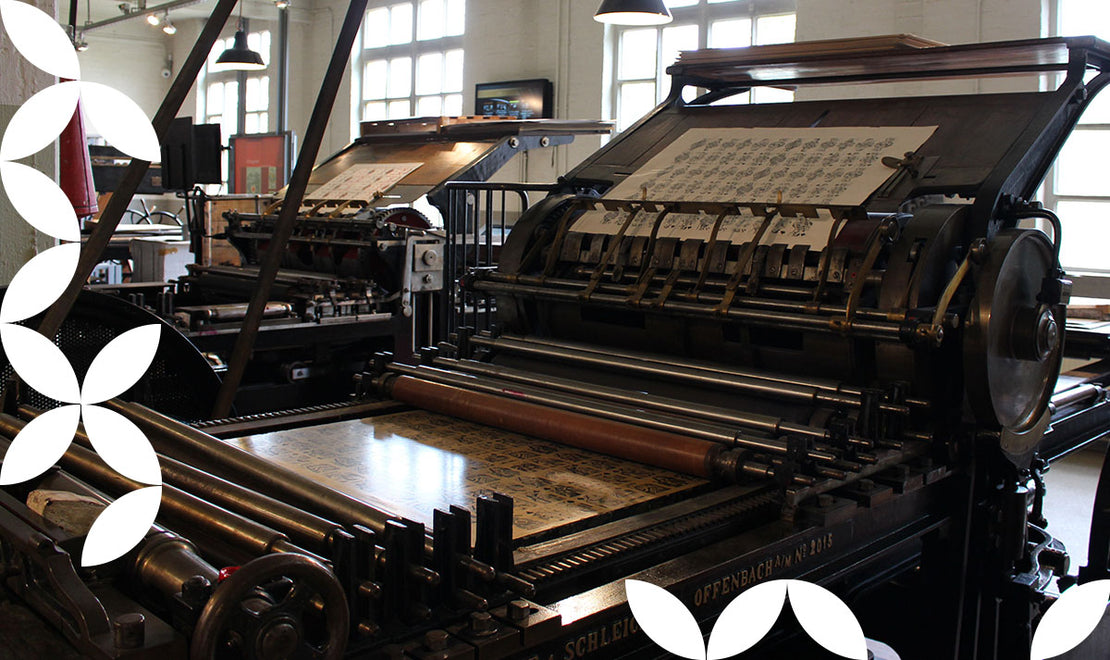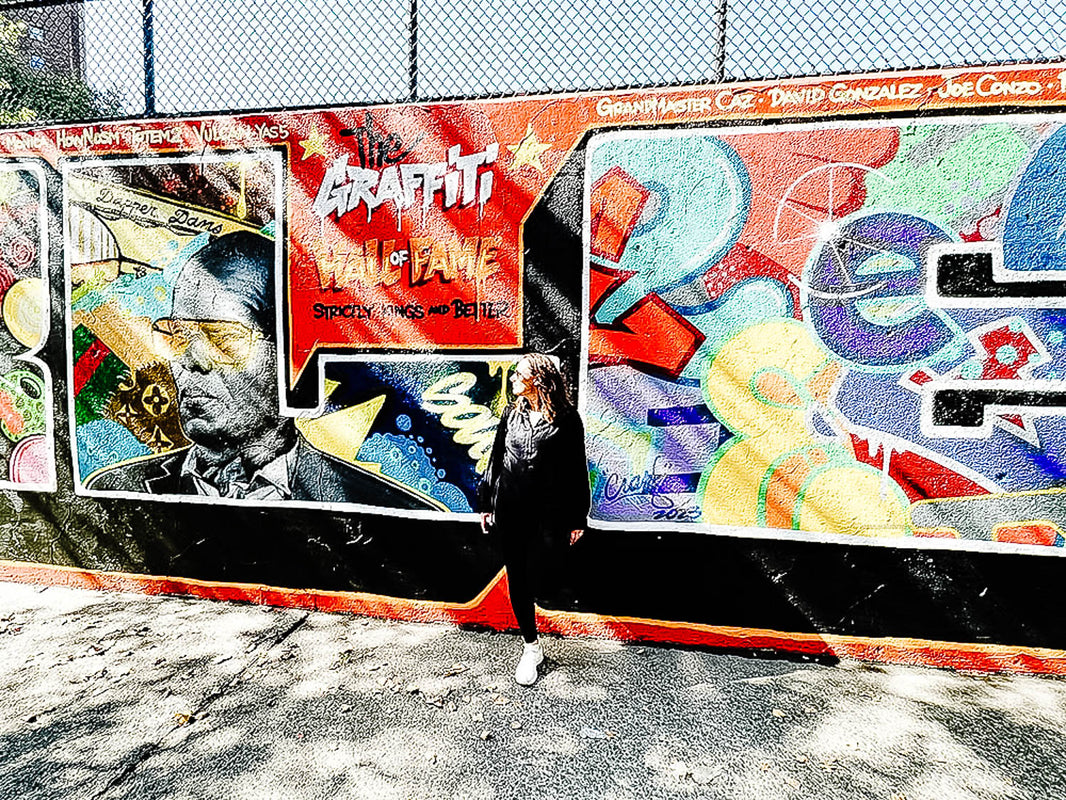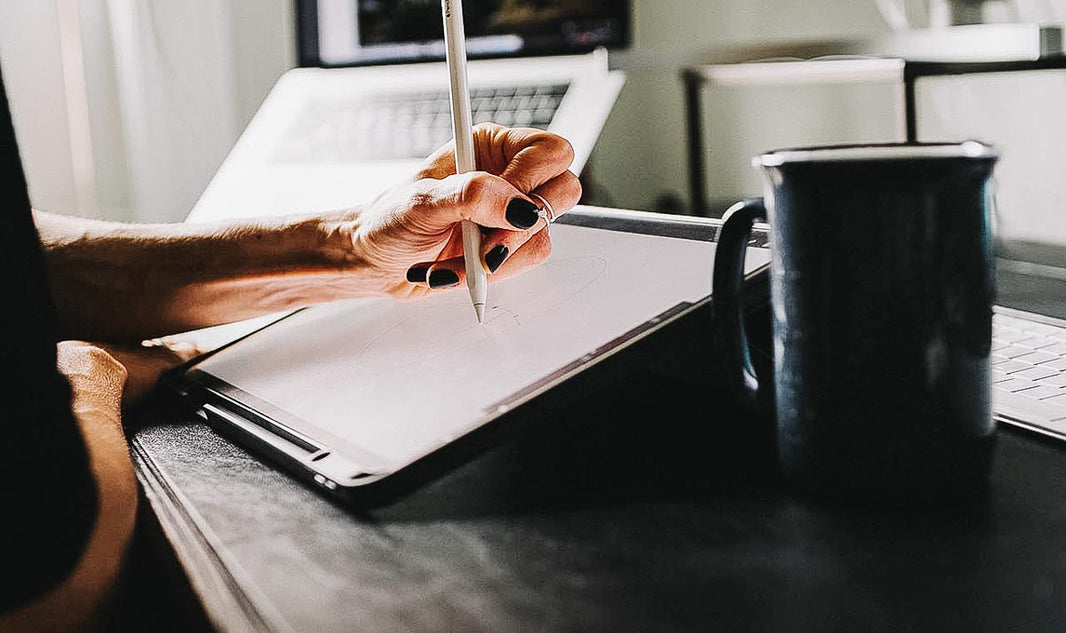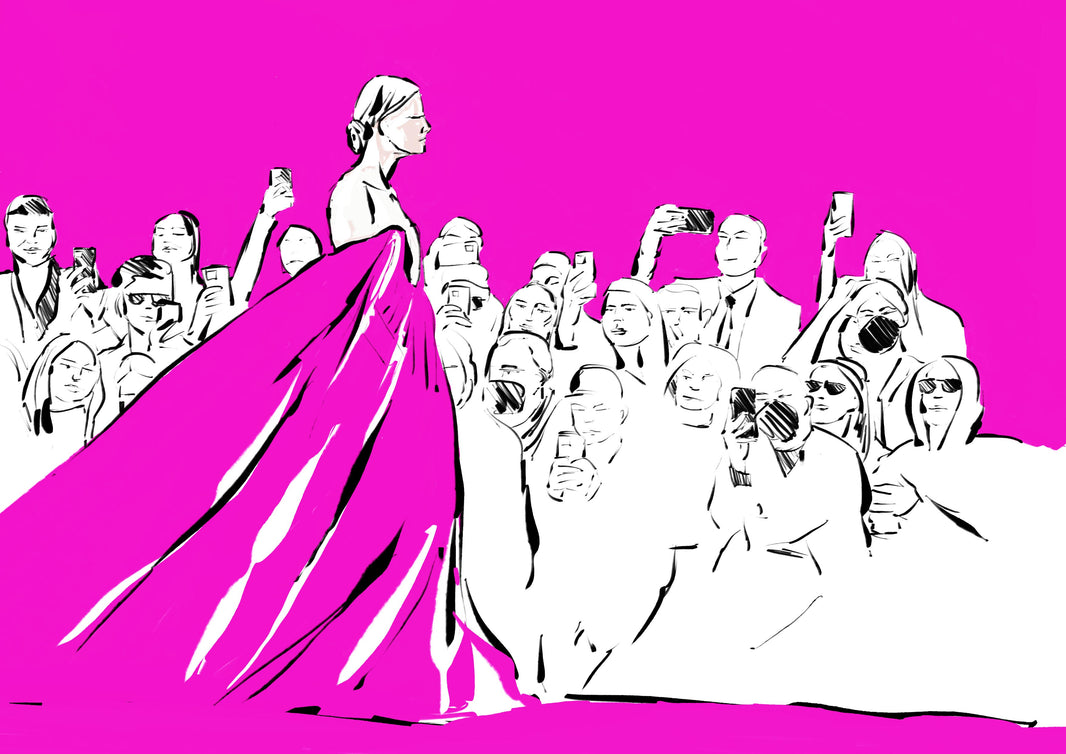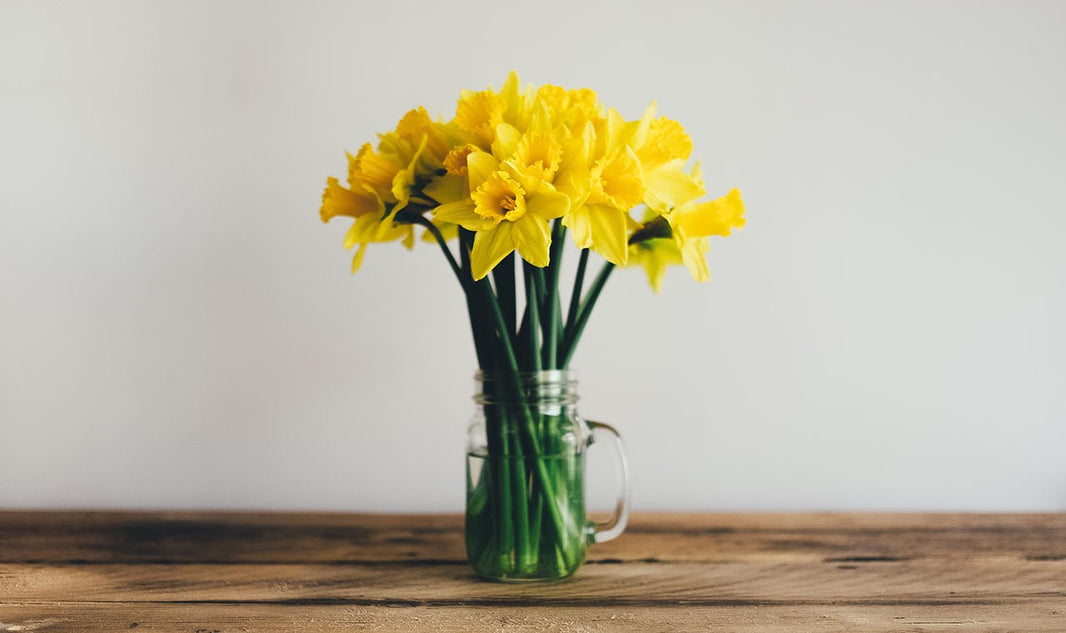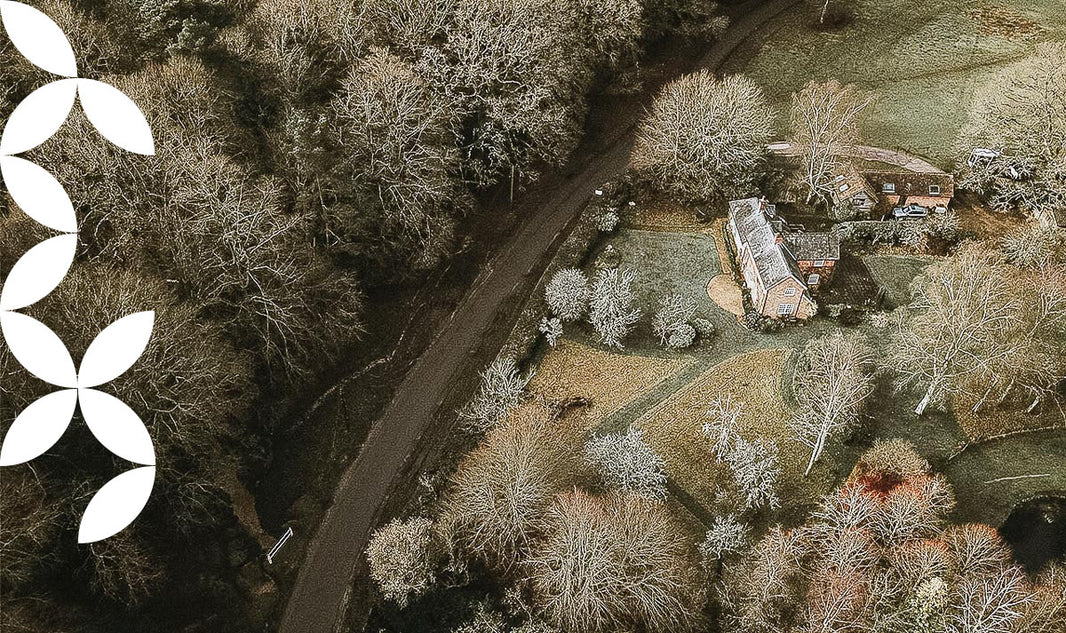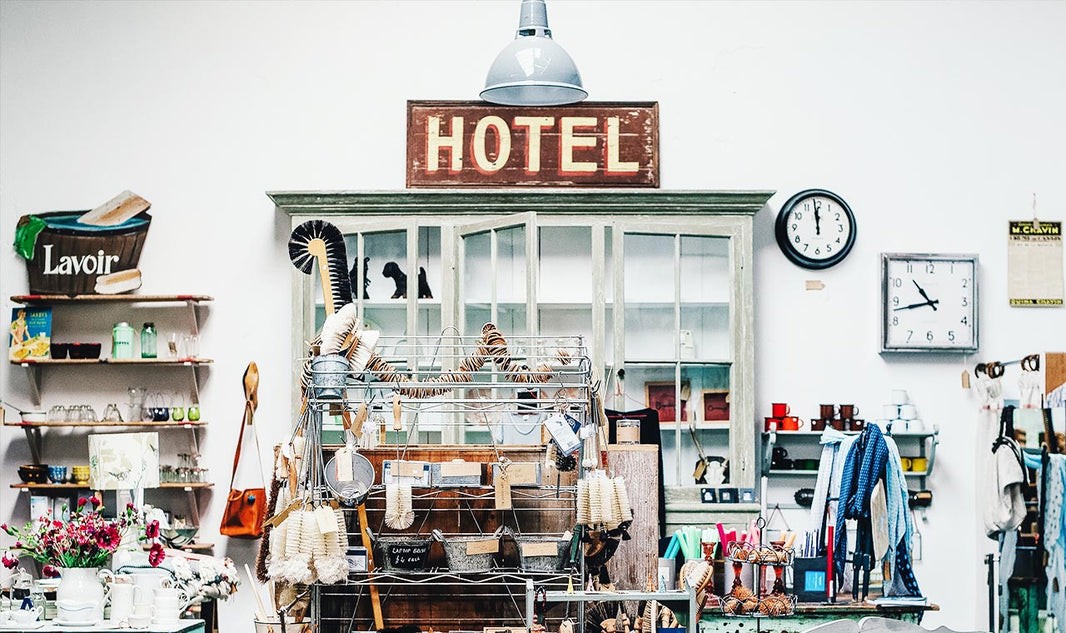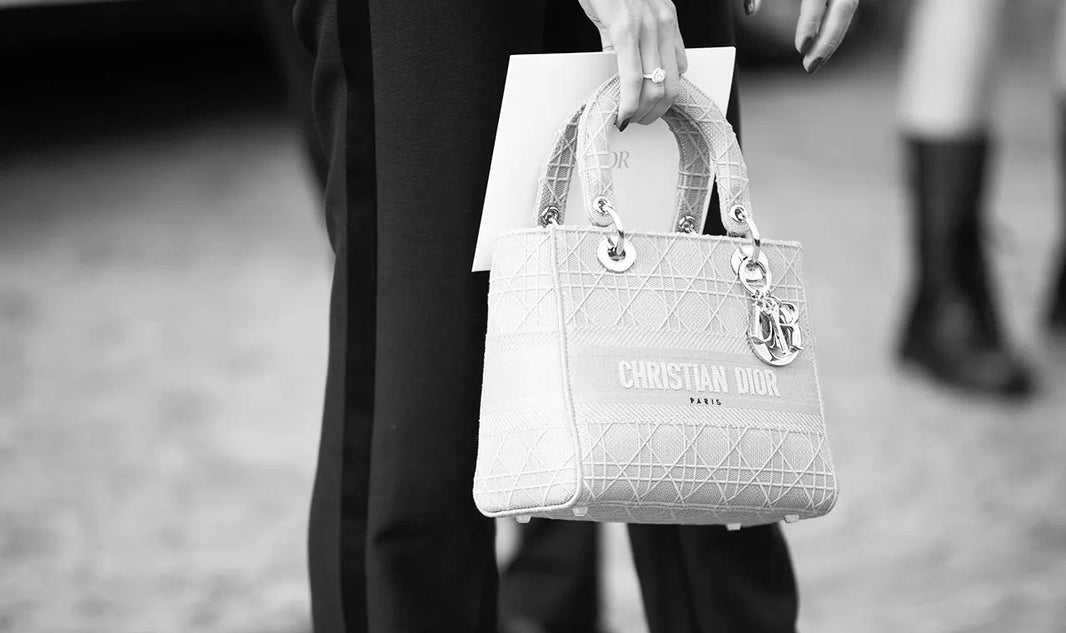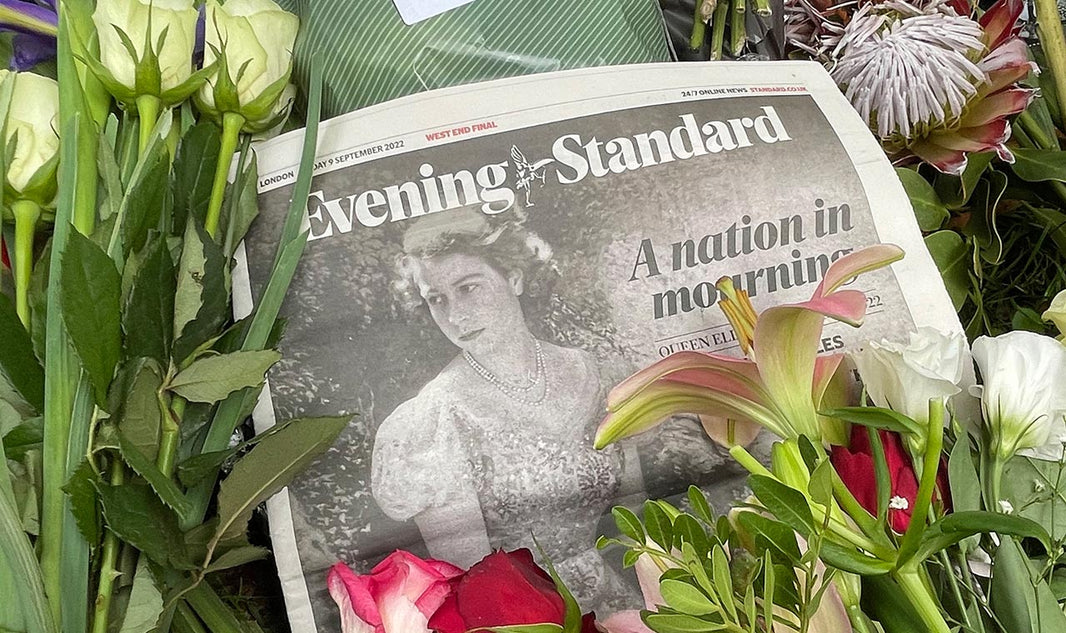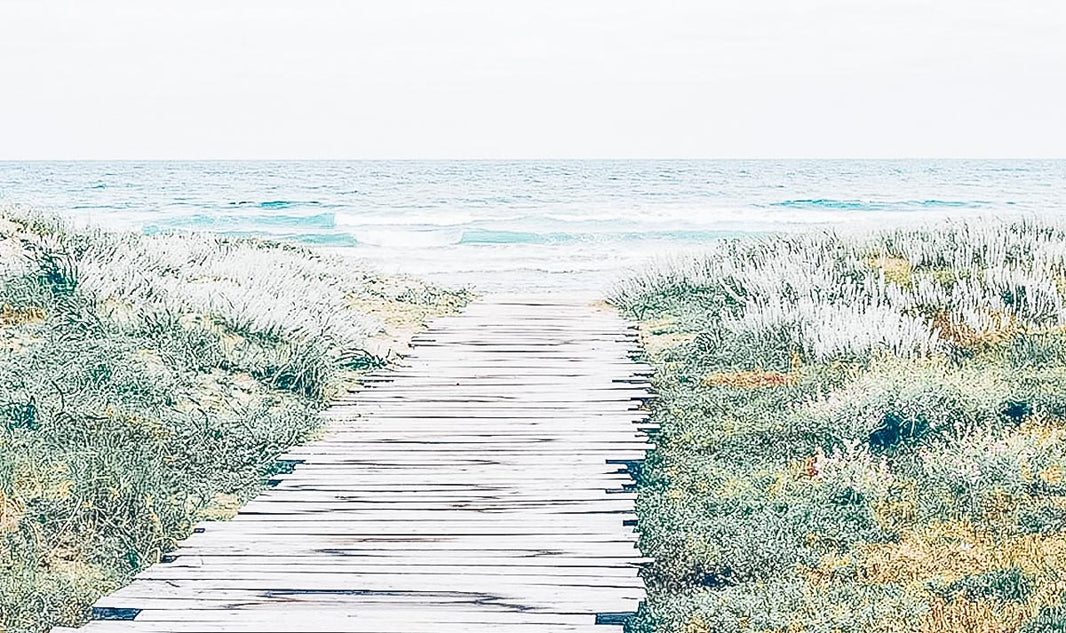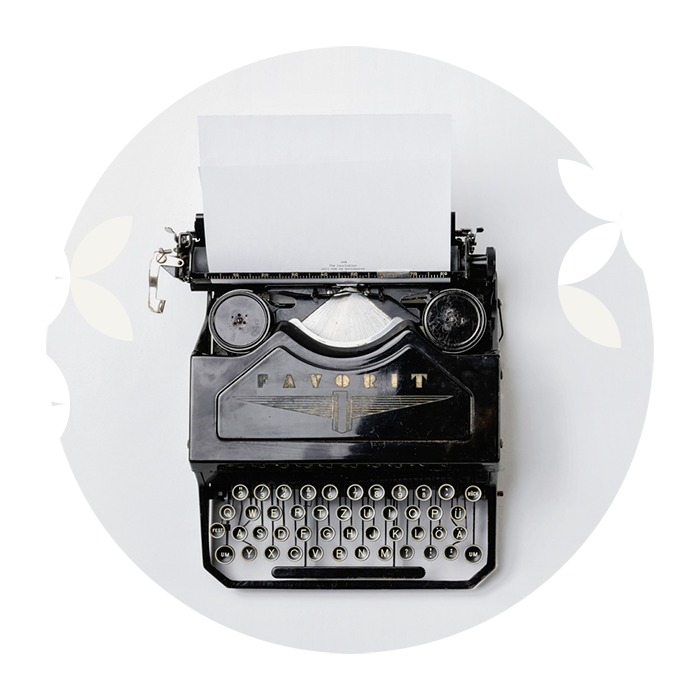What is Giclée printing? A quick and easy guide.
The term "Giclée" — pronounced gee-klay — is derived from the French words meaning "to spray". Its origins are in France during the late 1980s, used to describe a new printing process which allowed French printmakers to add impulse and spontaneity back into their work after the extremely mechanical processes of screen-printing. Printmaker Jack Duganne coined the phrase in 1991 and it remained more or less a European art technique until Giclée printing was introduced into mainstream America soon after digital printing and imaging systems were launched.
It is often used by artists, galleries, and print shops to suggest high quality printing In the case of recreating artwork such as a watercolour print, the end result is almost indistinguishable from the original.
First though, let's have a look at the science behind this. Giclée prints are created using a highly refined archival pigment process that produces museum quality prints. Even though these ink colors are created with the finest inks and pigments, they have a delicate nature.
Giclée inkjet printers work by shooting tiny droplets of ink onto a sheet of paper using many tiny jets which lay down the image one droplet at a time. The colour is produced by layering these droplets on top of each other. If you take a magnifying glass to it you'll see a smooth finish with gradual tones and sharp colours. The inks are pigment-based and consist of fine powder in a liquid carrier, whereas standard inkjet ink is dye-based. Dyes tend to react poorly with watercolour paper and can cause the carrier (usually calcium carbonate) to swell. This warping of the substrate can cause shifts in hue, meaning the resulting print will not accurately reflect the colour you intended.
I’ve seen other online artists describe their 4 colour printing as “Giclée prints”. This is factually incorrect. To be labelled Giclée a print needs to be produced using fine art inkjet printers in a studio environment or using a light-fast pigment based inkjet printer. As it's an unregulated word, with no associated warranty of quality, so you will often see bog basic inkjet prints labelled as Giclée. But, as it's very much about the quality of the finish on the print and slight texture you can pretty much tell a giclée print from a non giclée print
Here's a tip to tell if you have a Giclée or a standard print. Take a magnifying glass and look at the surface of the paper or canvas. With Giclée you'll see smooth, gradual tones and colours whereas a non Giclée will have a multitude of small dots. This is because the ink is applied in microscopic droplets. The fact that your inkjet print will fade really quickly will let you know pretty early on you've bought an inkjet print.
Here's a couple of images courtesy of our printer to show the difference between Giclée and bog basic 4 colour. You can see the Giclée is so much sharper, the tones are crisp and the whole image has so much more depth.
The image of "Tiger in a Tropical Storm" by Henry Rousseau has so much more depth and sharpness to it. These results are just off the printer and don't represent how the image will look over time. Giclée is guaranteed not to fade, you can hang it in a bright room and it still won't fade.
So, what's the big deal about Giclée printing, and why do I use this process for my artwork?
Well, in short, it's a superior process that produces better results. I want to supply the highest quality artwork and have work that's as close to the original as possible. Hence the combination of pigment based inks with high quality acid-free archival quality paper to achieve prints that are light fast, sharp and bursting with colours. Our black and white art is super crisp and our portraits are hard to tell the original from the Giclée.
I use a proper fine art house who take great care in selecting and handling each piece of paper to ensure that it retains its colour and also remains flexible enough to withstand handling when being framed. The type of paper that we use is archival grade and made specifically for giclée printing. The other question I get asked about Giclee is:
Why is it more expensive?
Well, it's really because the technology is expensive and the paper is too, and the production is very slow. Giclée art prints are usually produced in small quantities, which makes them collectable.
I hope that helps to explain the process and why we use Giclée printing. Feel free to message if you have any questions.


